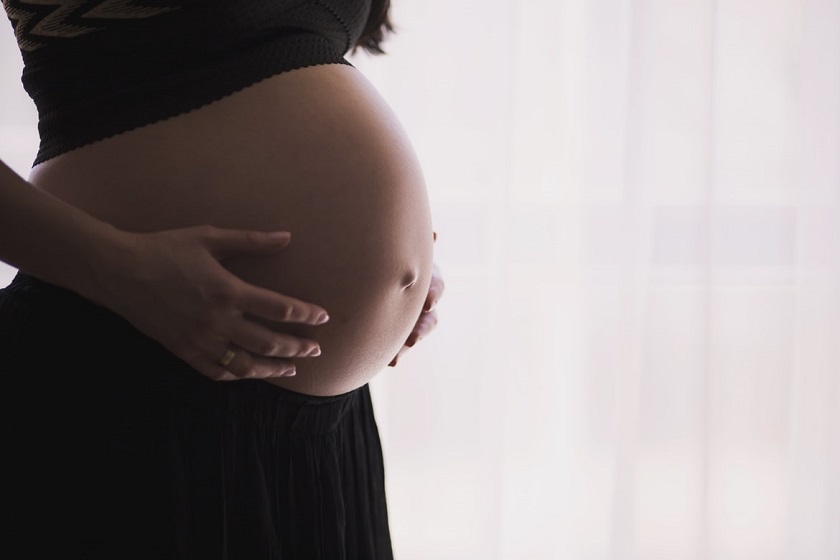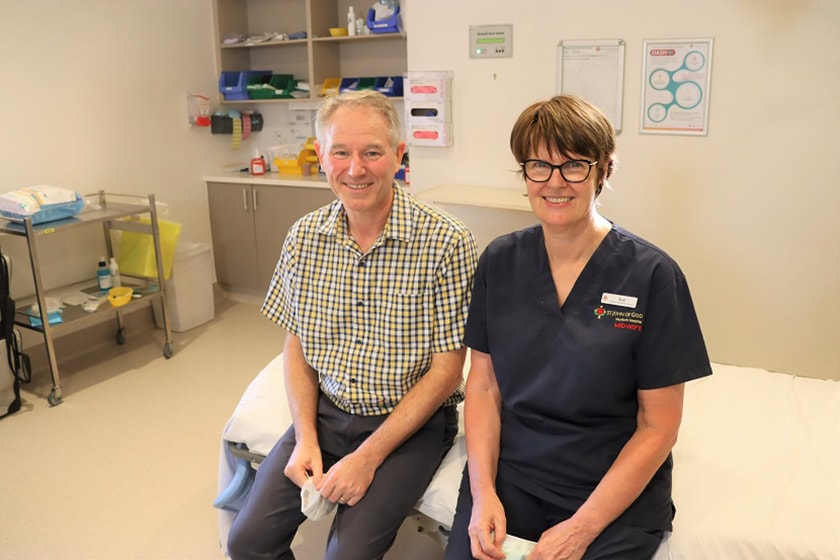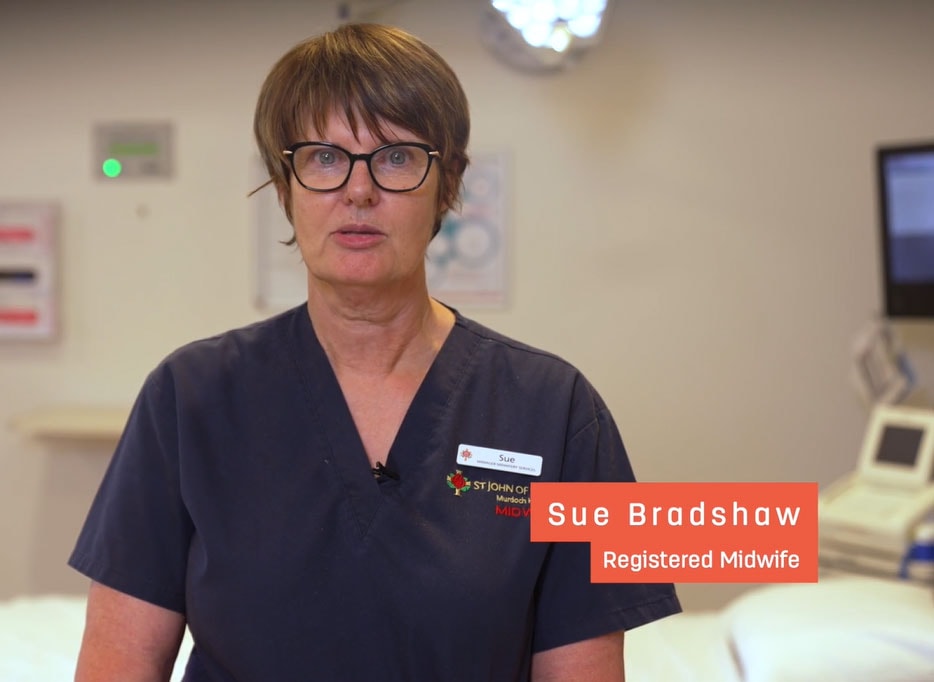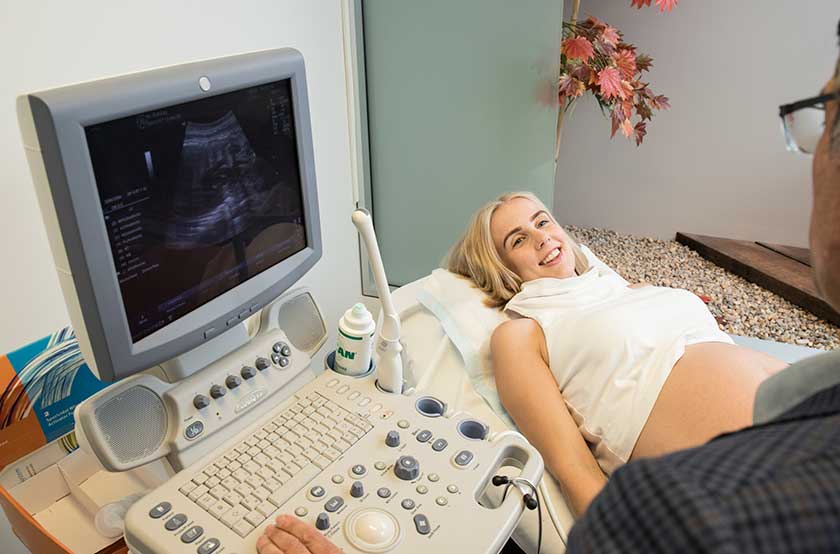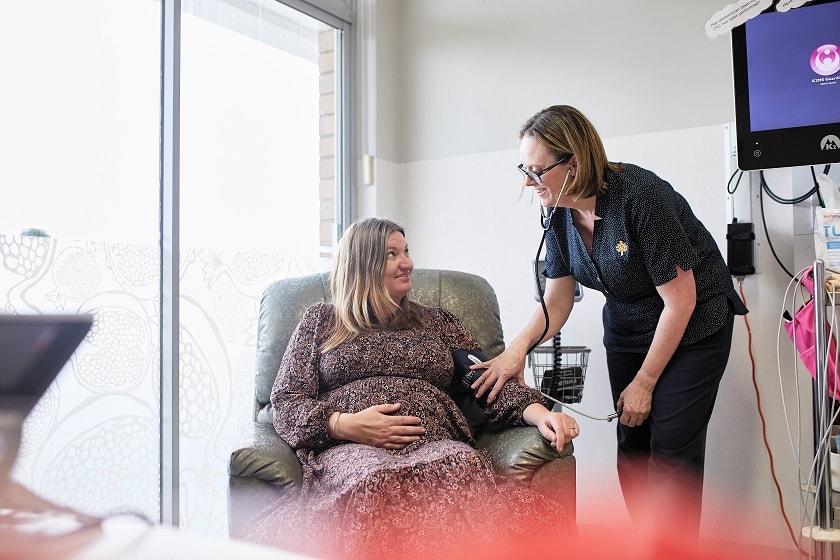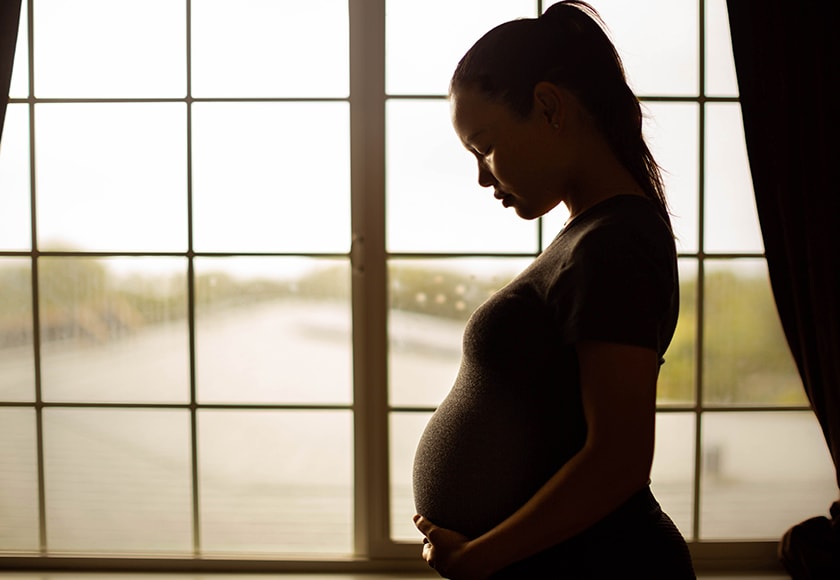The Royal Australian and New Zealand College of Obstetricians and Gynaecologists (RANZCOG) recommends VBAC as a safe and appropriate choice for most women, but it is a personal decision that should be made after carefully weighing up the risks and benefits.
What are the benefits?
Elective caesareans are not without risk and a successful VBAC allows you to avoid major abdominal surgery including potential complications such as infection, haemorrhage and injury to adjacent organs. As a rule, recovery from a VBAC is quicker and easier than recovery from a caesarean. This is often important to women having their second baby who may have another active toddler at home waiting for them after the birth and many women wish to experience the process of labour and birthing their baby vaginally.
What are the risks?
Uterine rupture is a tear in the wall of the uterus and the risk we worry about the most. Many studies have shown this risk to be low in the order of 0.5% (1 in 200). But, if this tear occurs, there is then also a risk (1 in 7 chance) of serious injury to the baby (such as cerebral palsy) or even death due to a decreased blood supply. Overall, this risk is in the range of around 1 in 1,400.
There are also risks associated with potentially prolonging the pregnancy beyond 39 weeks (compared to having an elective caesarean). And vaginal birth (whether a first birth or VBAC) can be complicated by injuries both in the short and long term. This includes perineal damage, ongoing pain and future prolapse and incontinence.
How can the risks be minimised?
There are several factors that both improve your chance of a successful VBAC and minimise the risk:
- If you have previously had a vaginal birth
- If you are younger than 35
- If you had a lower segment (horizontal) Caesarean previously
- If you had a ‘non-recurring’ reason for your first caesarean e.g. breech or placenta praevia
- If you have a low/normal BMI
- If there is greater than 18 months between the two births
- If you are not induced or your labour augmented with hormones
- If your baby is continuously monitored in labour to detect any evidence of distress
When is VBAC NOT recommended?
- If you have had more than one previous caesarean
- If you have a vertical incision on your uterus (or an unknown type of incision)
- If your baby is breech, you have twins, your placenta is low lying or there is some other reason to be having a caesarean
VBAC at St John of God Murdoch
It is firstly important to discuss VBAC with your obstetrician well in advance and have an agreed plan of management for the birth. The Birth Suite at St John of God Murdoch Hospital has highly trained midwives who will be with you during your labour. The midwife will be closely monitoring you and your baby’s health. There is 24 hour a day anaesthetic and operating theatre cover in the event that you require an emergency caesarean section.
Find out more about maternity services at St John of God Murdoch Hospital here.

